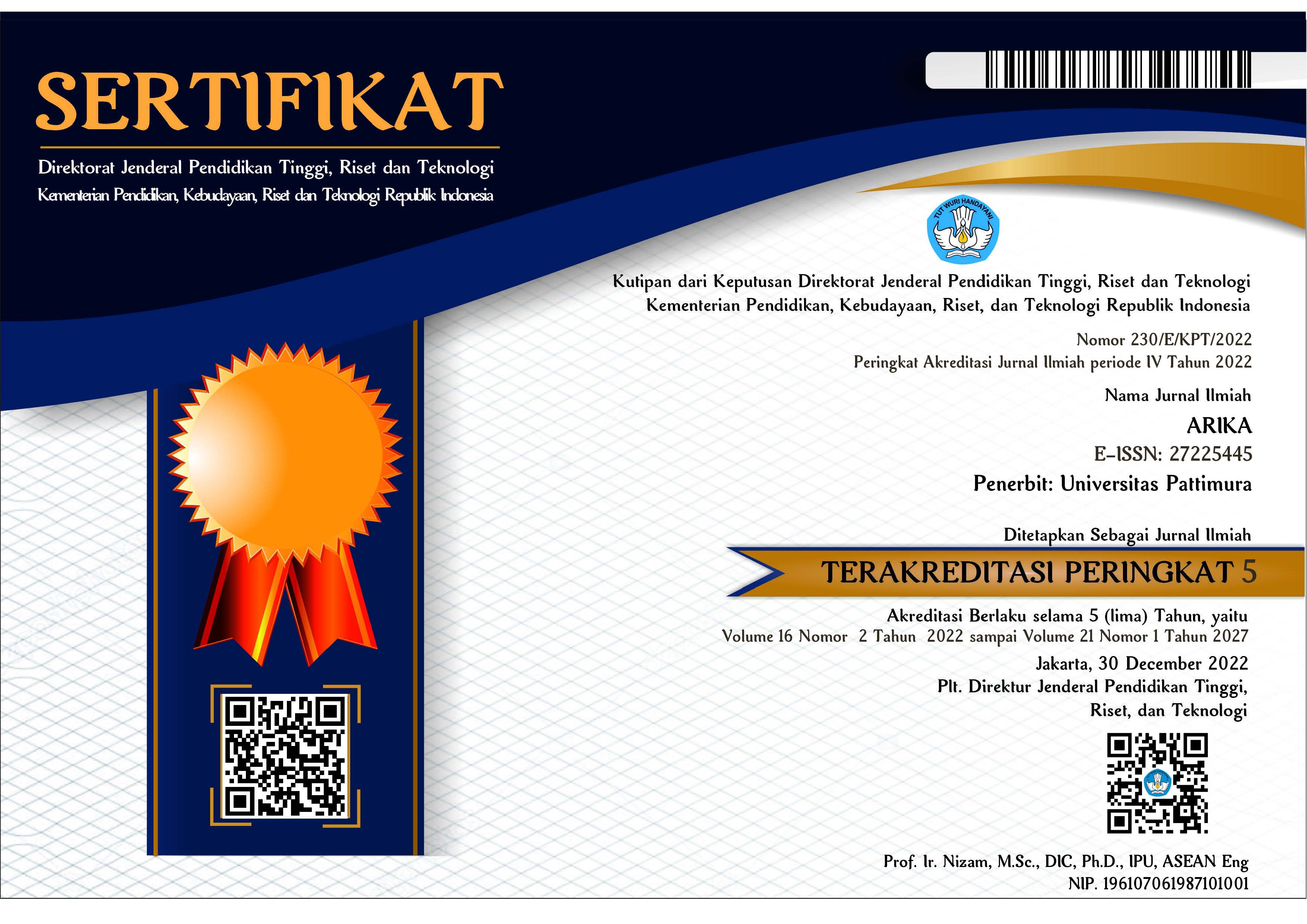Analisa Kelelahan Velg Racing Toyota Avansa Dengan Metode Elemen Hingga
Abstract
Developing a product must meet technical and economic requirements so that product quality and it can be beneficial to society. Wheel design is one product that has been widely circulated in the community. Cases were found in some of the local manufacturing industry rims are the methods used to analyze a product of its wheels trial and error, as a result many losses at this stage of the production process. The purpose of this study was to determine the fatigue life of the products racing wheels are modeled in three forms then numerically simulated by applying a load of normal force acting on the wheels , and the engine rotation. Fatigue analysis results of three models of wheel racing Toyota Avanza produced , acquired age racing wheels 4.8 x 109 cycle. When compared with the value of Endurance limit A356.0 - T6 Aluminum Alloy 5 x 108 cycles, then the design is relatively high cycle or infinite cycle, means it will fail in a long time. Alternating value of maximum stress of the largest found on all three wheels models worth 4.4733 x 107Pa, while the smallest maximum alternating stress on models wheels are both worth 2.6779 x 107Pa . Safety factor The minimum value of 3.6156 on the model of the second wheel, while the smallest minimum 2.1645 Safety Factor for the third wheel models. This means wheels secure the second model is used for loading normal force of 2870.817 N than the first model and wheel rims third model.
Downloads
An author who publishes in the ARIKA Jurnal agrees to the following terms:
- The author retains the copyright and grants ARIKA journal the right of first publication of the work simultaneously licensed under the Creative Commons Attribution-ShareAlike 4.0 License that allows others to share the work with an acknowledgment of the work's authorship and initial publication in this journal.
- The author is able to enter into separate, additional contractual arrangements for the non-exclusive distribution of the journal's published version of the work (e.g., post it to an institutional repository or publish it in a book) with the acknowledgment of its initial publication in this journal.
- The author is permitted and encouraged to post his/her work online (e.g., in institutional repositories or on their website) prior to and during the submission process, as it can lead to productive exchanges, as well as earlier and greater citation of the published work (See The Effect of Open Access).










